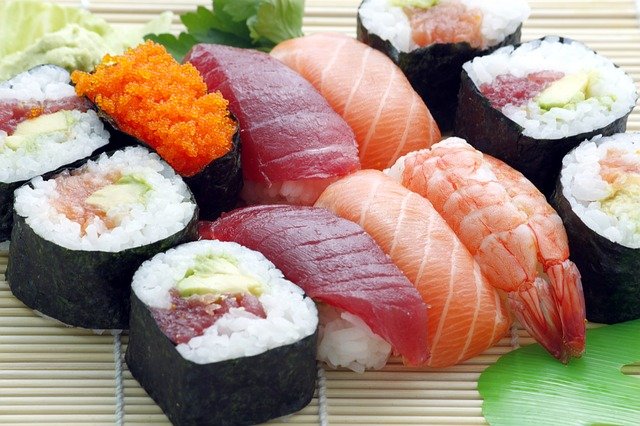When we think of sushi, most people immediately think of two things: rice and raw fish. However, this idea is wrong in two ways. Not only are these two ingredients far from the end point of the dish, but raw fish certainly does not need to be used for cooking. It depends on which species of fish one chooses.
For a basic overview,here is a list of the basic types of sushiranked by popularity:
1. maki
The most typical and well known type. The rice and neta are wrapped in nori (seaweed) and eaten.
2. Nigiri
Rice rice lightly coated with wasabi and topped with fish meat or other ingredients.
3. Uramaki (or California roll)
Basically a reverse roll. Fish and vegetables inside the nori are coated with rice. The surface is often decorated with sesame seeds or caviar.
Hand-rolled
Ingredients such as rice and fish meat wrapped in nori.
5. Sashimi
A type of dish that does not use rice. Thinly sliced raw fish served in a decorative way. 41]
You have a specific type of sushi that you like, but do you think about your health before you try the dish? You may be relieved to know that sushi has a number of health benefits. It is a treasure trove of antioxidantsand protects the body from oxidative stress;it is rich in the essential fatty acid omega-3, which supports proper functioning of the metabolism and immune system; it contains good quality proteinand helps supply the body with much needed calcium it is a good source of calciumand is a good source of calcium . It also supplies iron, which is essential for the production of blood color, as well as having beneficial effects on the cardiovascular system as a prevention of atherosclerosis. Finally, because it contains fish, it supplies the body with iodinewhich helps the thyroid gland to function properly and prevents the onset of hypothyroidism. Because it is oil-free, it is a diet food,allowing you to enjoy a night out at the restaurant without gaining weight.